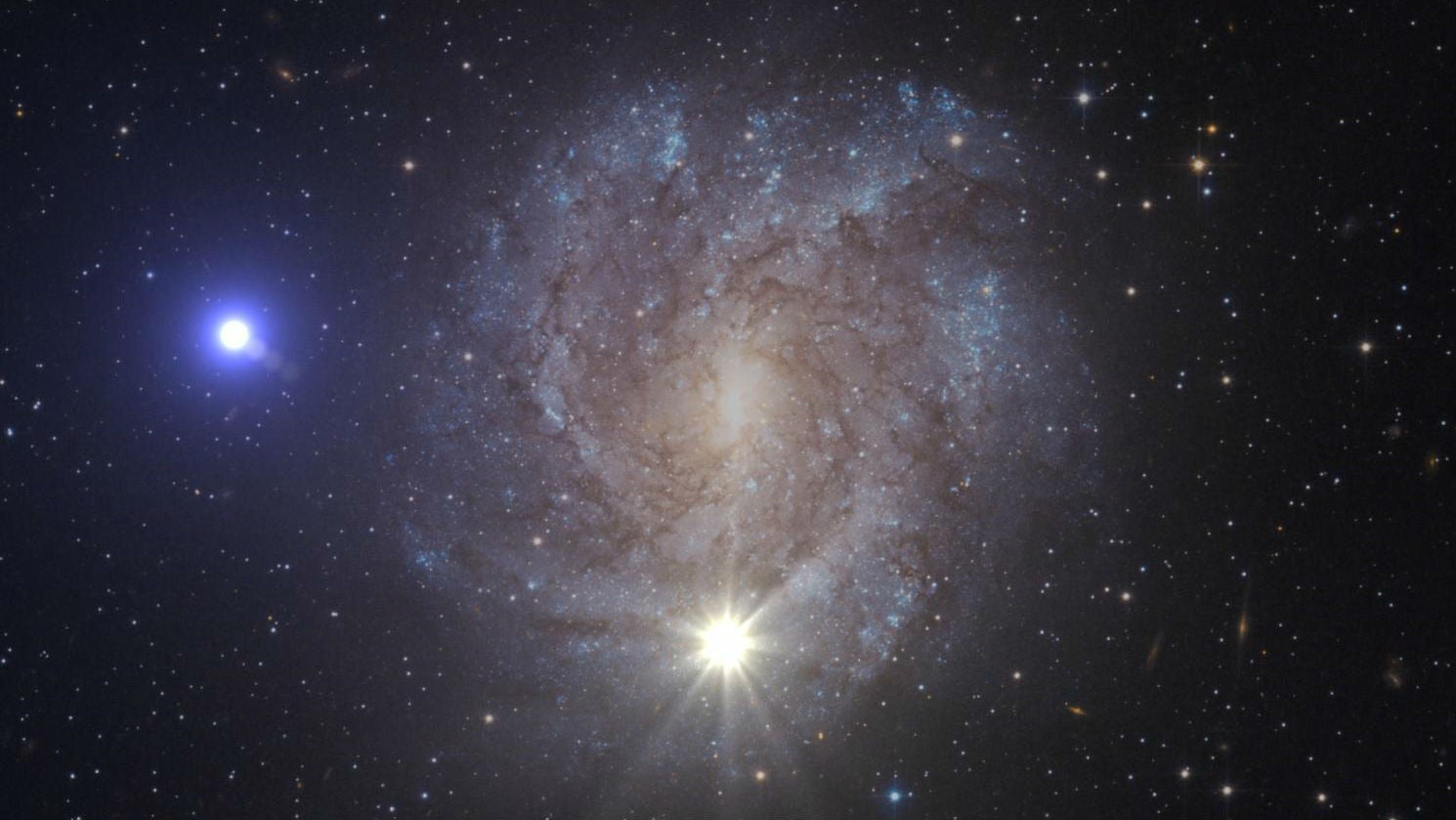The bizarre story of how a stellar explosion produced the fastest star in the galaxy
The story of how US 708 became the fastest-moving star in the galaxy (that we know of) is also a tale of a relationship gone sour.


The story of how US 708 became the fastest-moving star in the galaxy (that we know of) is also a tale of a relationship gone sour.
US 708 was a red giant star in a binary system—that is, two stars orbiting a common center of mass. Everything was going swimmingly until 708’s companion star, a white dwarf, started to siphon all the hydrogen away from 708. That, apparently, wasn’t enough to satisfy the companion’s insatiable need for dominance, and it began to steal 708’s helium too. Eventually the companion star ignited and exploded, untethering 708 from its orbit and ejecting it into space.
Here’s an animation of what that might have looked like.
While 708 lost its life-long companion, it also gained a distinction: Now it’s the fastest star ever discovered in the galaxy. It’s also rather unique, as researchers at the European Southern Observatory point out in a paper published in Science, since most hypervelocity stars (stars moving fast enough to escape the gravitational pull of the galaxy) were flung out into space by the supermassive black hole at the center of the Milky Way, not by the supernova of a nearby star.
Now, 708 is traveling 1,200 kilometers per second. Eugene Magnier, one of the researchers, told Reuters that, “At that speed you could travel from Earth to the moon in five minutes.” But without all its hydrogen, it is a shadow of its former self—a small but dense ball of helium.
The discovery could shed light on how this type of supernova, called type 1a, occurs. They’re used to study how fast the universe is expanding.